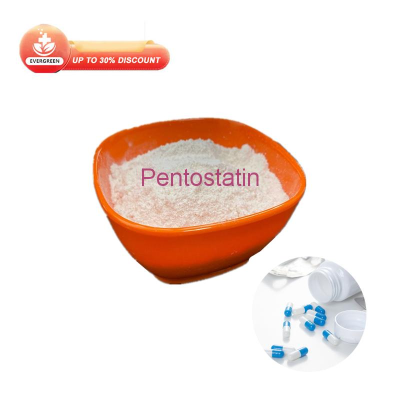-
Categories
-
Pharmaceutical Intermediates
-
Active Pharmaceutical Ingredients
-
Food Additives
- Industrial Coatings
- Agrochemicals
- Dyes and Pigments
- Surfactant
- Flavors and Fragrances
- Chemical Reagents
- Catalyst and Auxiliary
- Natural Products
- Inorganic Chemistry
-
Organic Chemistry
-
Biochemical Engineering
- Analytical Chemistry
- Cosmetic Ingredient
-
Pharmaceutical Intermediates
Promotion
ECHEMI Mall
Wholesale
Weekly Price
Exhibition
News
-
Trade Service
The transmission of cancer from mother to her offspring is a very rare event, occurring in only one in every 500,000 mothers with cancer.
, about one in every 1,000 live births involves a mother with cancer.
recently, the New England Journal of Medicine (NEJM) reported two cases of mother-to-child transmission of cancer.
both children had lung cancer and their mother had cervical cancer.
the children are believed to have inhaled tumor cells during vaginal delivery.
of these cases, the mother was diagnosed with cervical squamous cell carcinoma three months after party, followed by a lung metastasis, which involved neuroendocrine tissue.
two weeks after the child developed a cough at 23 months, his family took him to the hospital and found that he had cancer in both lungs and was eventually diagnosed with neuroendocrine cancer.
case, the mother found cervical biopic-like tumors during pregnancy, and a biopsy of the lesions after childbirth revealed adenocarcinoma.
the child was diagnosed with mucus adenocarcinoma in his left lung after a CT scan revealed a 6cm lump in his left lung when he was 6 years old because of chest pain in his left hand.
and his mother died of cervical cancer two years after she was born.
treated and neither of the two children has yet relapsed.
researchers sequenced the tumors for a new generation and found that the two mother and child tumor cells had the same genetic mutation.
"In our case, we believe that tumors are caused by vaginal transmission from the mother to the baby by inhaling vaginal fluid contaminated with the tumor at birth," said lead researcher Dr. Ayumu Arakawa, a pediatric oncologist at Tokyo National Cancer Center Hospital.
small number of previously observed cases usually involve cancer cells crossing the placenta into a still-developing fetus, the researchers said.
, lymphoma and melanoma are the most common cancers in children that are suspected to be transmitted through the placenta.
two newborns appear to have been the first to be reported to have contracted lung cancer by inhaling cancer cells from cervical tumors.
didn't think of this possibility before, so it's a very attractive case," said Debbie Saslow, senior director of HPV-related and female cancer at the American Cancer Society.
and as more people are vaccinated against HPV, such cases will become increasingly rare.
, Debbie Saslow added: "This study is also interesting because their HPV vaccination rates are dropping significantly and cervical screening rates are particularly low.
, the first author of the article, concludes: "These cases suggest that mother-to-child transmission of cervical cancer may occur during vaginal delivery;
" but dr Shannon Neville Westin and Debbie Saslow, gynaecologists at the University of Texas Anderson Cancer Center, disagree, arguing that evidence in support of caesarean section is still to be unearthed.
, the way cancer is transmitted is extremely rare and challenges traditional attitudes.
more tests may be needed in the future to advance and change the way the event is handled.
: Vaginal Transmission of Cancer from Mothers with Cervical Cancer to Infants. N Engl J Med 2021; 384:42-50. DOI: 10.1056/NEJMoa2030391MedSci Original Source: MedSci Original Copyright Notice: All text, images and audio and video materials on this website that state "Source: Mets Medicine" or "Source: MedSci Originals" are owned by Mets Medical and are not authorized to be reproduced by any media, website or individual.
all reprinted articles on this website are for the purpose of transmitting more information and clearly indicate the source and author, and media or individuals who do not wish to be reproduced may contact us and we will delete them immediately.
at the same time reproduced content does not represent the position of this site.
leave a message here







